McQueen Cool: 1952 Hudson Wasp
Sean Rooks | September 26, 2025
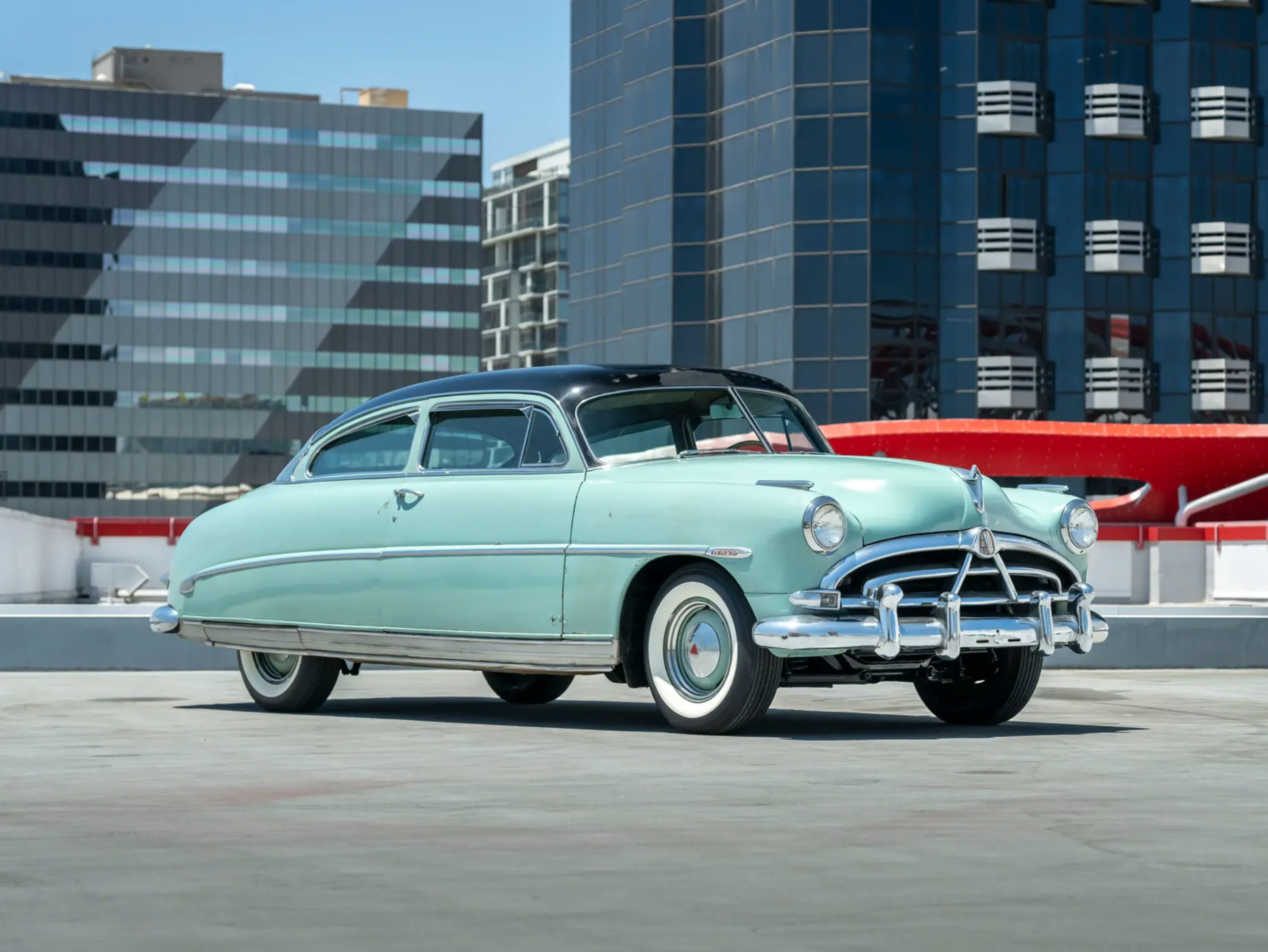
Good Find Friday features interesting cars we’ve found for sale while conducting market analysis or appraisal research. They are not for sale by Wolf and Mare and we have no business relationship with the sellers of these cars. We just think they’re worth learning about and sharing with our readers!
My automotive interests are mostly confined to European cars, however there are some American models that appeal to me for one reason or another. One of those cars is the Hudson Wasp, an early 1950’s family car featuring a streamlined body and elegant interior details. The car also appealed to one extremely well-known buyer in the late 1970s so much so he bought one and drove it regularly. Today’s Good Find Friday is Steve McQueen’s 1952 Hudson Wasp.
Hudson and the Wasp
The Hudson Hornet and Wasp were cornerstone models for the Hudson Motor Car Company in the early 1950s, representing the brand’s engineering innovation and its peak of popularity. Introduced in 1951, the Hornet was built on Hudson’s distinctive “step-down” chassis, which placed the floor pan below the frame rails. This design not only gave the cars a lower center of gravity, improving handling, but also created a roomy interior with a lower roofline that stood apart from competitors. The Hornet was powered by Hudson’s high-compression inline-six engine, which quickly earned a reputation for durability and performance, especially when tuned for racing.
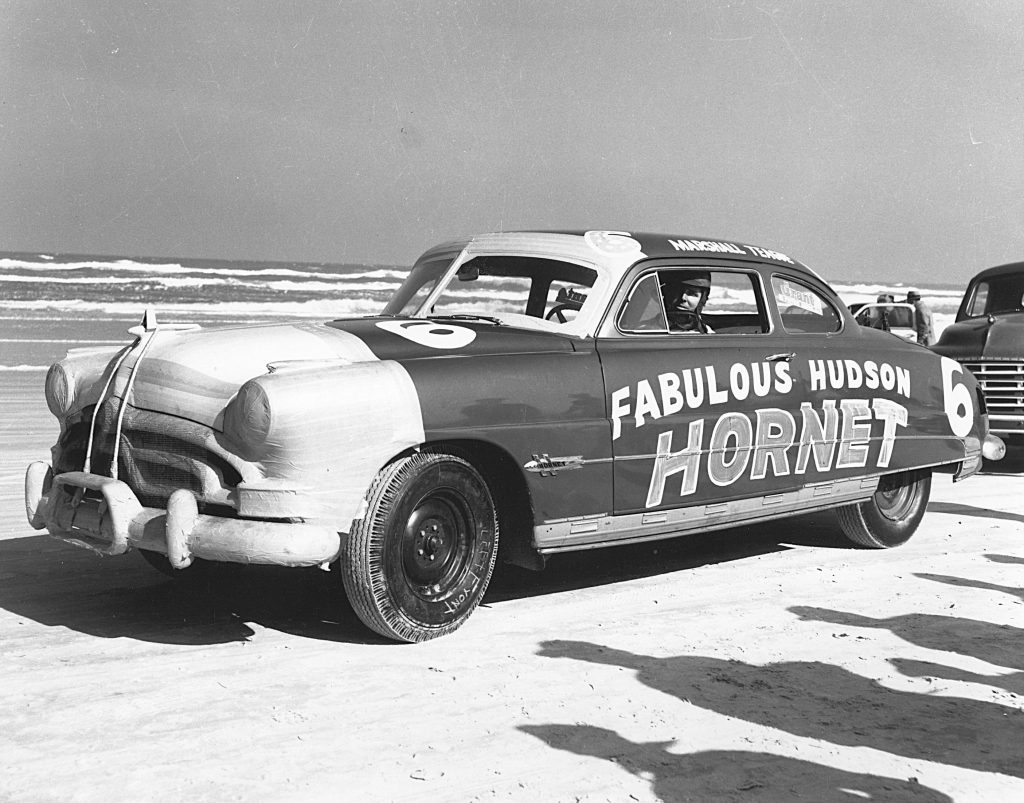
The Wasp, a slightly smaller and more affordable companion model, shared many of the Hornet’s design traits but was offered with less powerful engine options. Both cars showcased Hudson’s streamlined styling, with flowing body lines and a stance that emphasized stability. The Hornet became a dominant force in NASCAR during the early 1950s, with drivers like Marshall Teague and Herb Thomas securing numerous victories that cemented its racing legacy. Meanwhile, the Wasp provided buyers with Hudson’s advanced engineering in a more accessible package, helping the company broaden its market appeal during its most successful years.
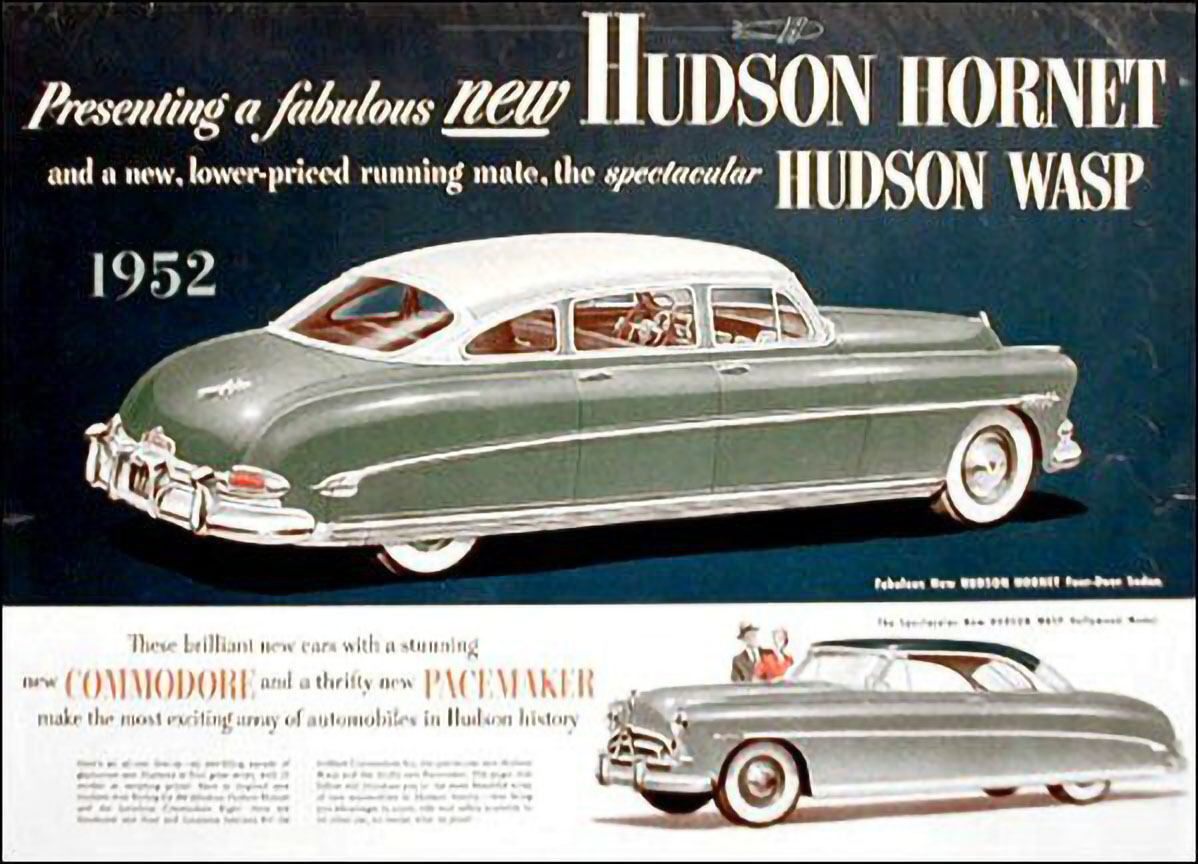
The Wasp had some of my favorite features on a vintage car, including an illuminated medallion in the front grill, license plate integrated into the rear bumper, a 30-hour mechanical clock on the dash, and an illuminated ignition switch keyway.

Cars owned by iconic screen actor and racer Steve McQueen tend to reach stratospheric prices when they come to market. Some of that is because the car itself is ultra-valuable, as in the case of McQueen’s ultra-rare Jaguar XKSS. Celebrity ownership of a car can certainly increase its value, but it’s not a guarantee. When the car’s provenance includes registration paperwork with the King of Cool’s name on it, though, a sizable value adjustment is a good bet.
This particular Hudson Wasp was owned by Steve later in his life, which was tragically cut short by cancer in 1980 when he was just 50 years old. At the time, Steve was no longer racing and his third wife, Barbara Minty, noted that this was a car Steve enjoyed for its comfort.
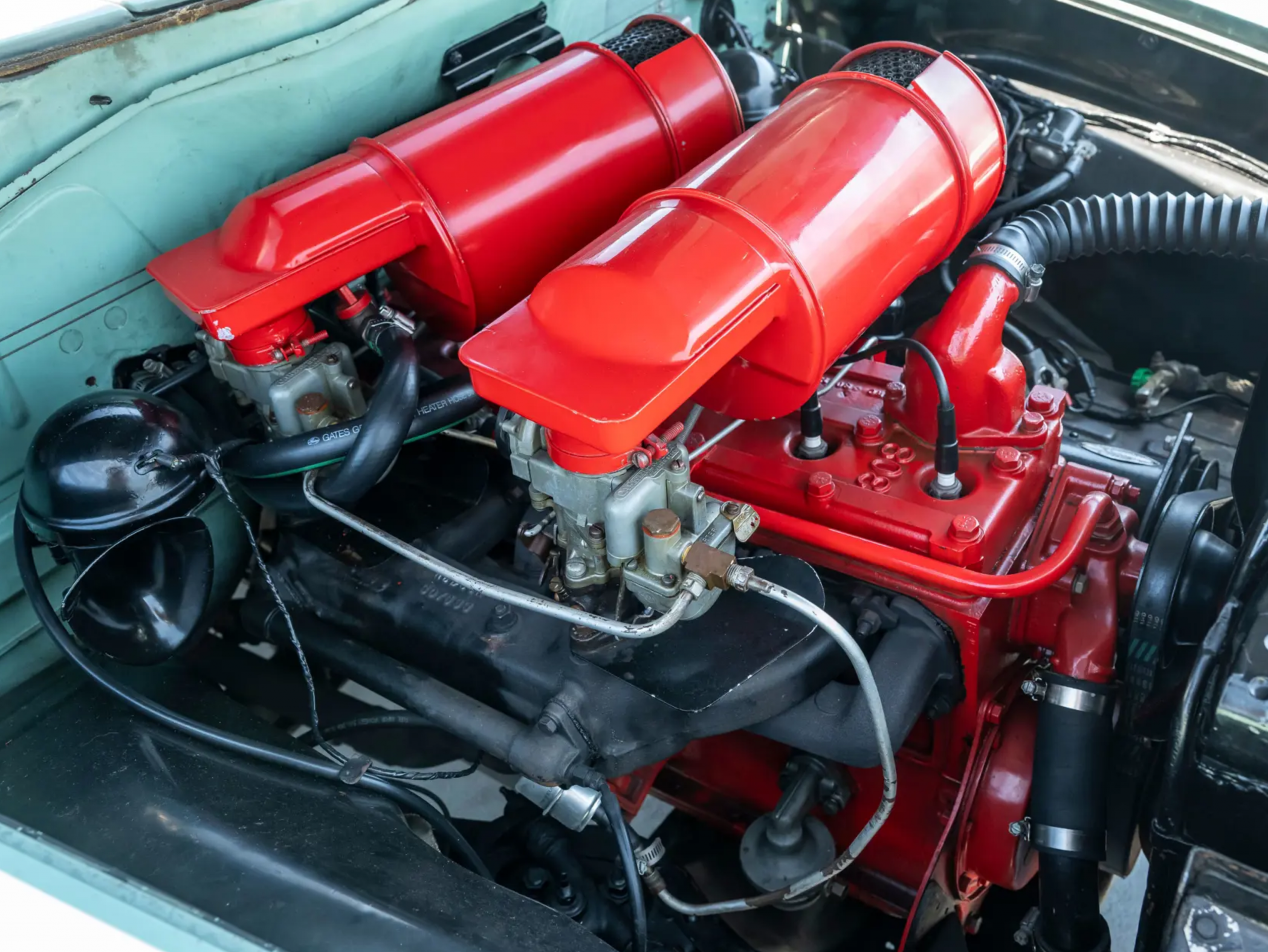
As Wasps go, this one was fitted with the Twin-H dual carburetor setup on its (presumed) 262 cubic inch 6-cylinder engine. The car was also optioned with an automatic transmission when most Wasps were fitted with the standard 3-speed manual. While the car was acquired second-hand, even after his racing days were over you can’t blame Steve for wanting the sporty version of the Hudson.
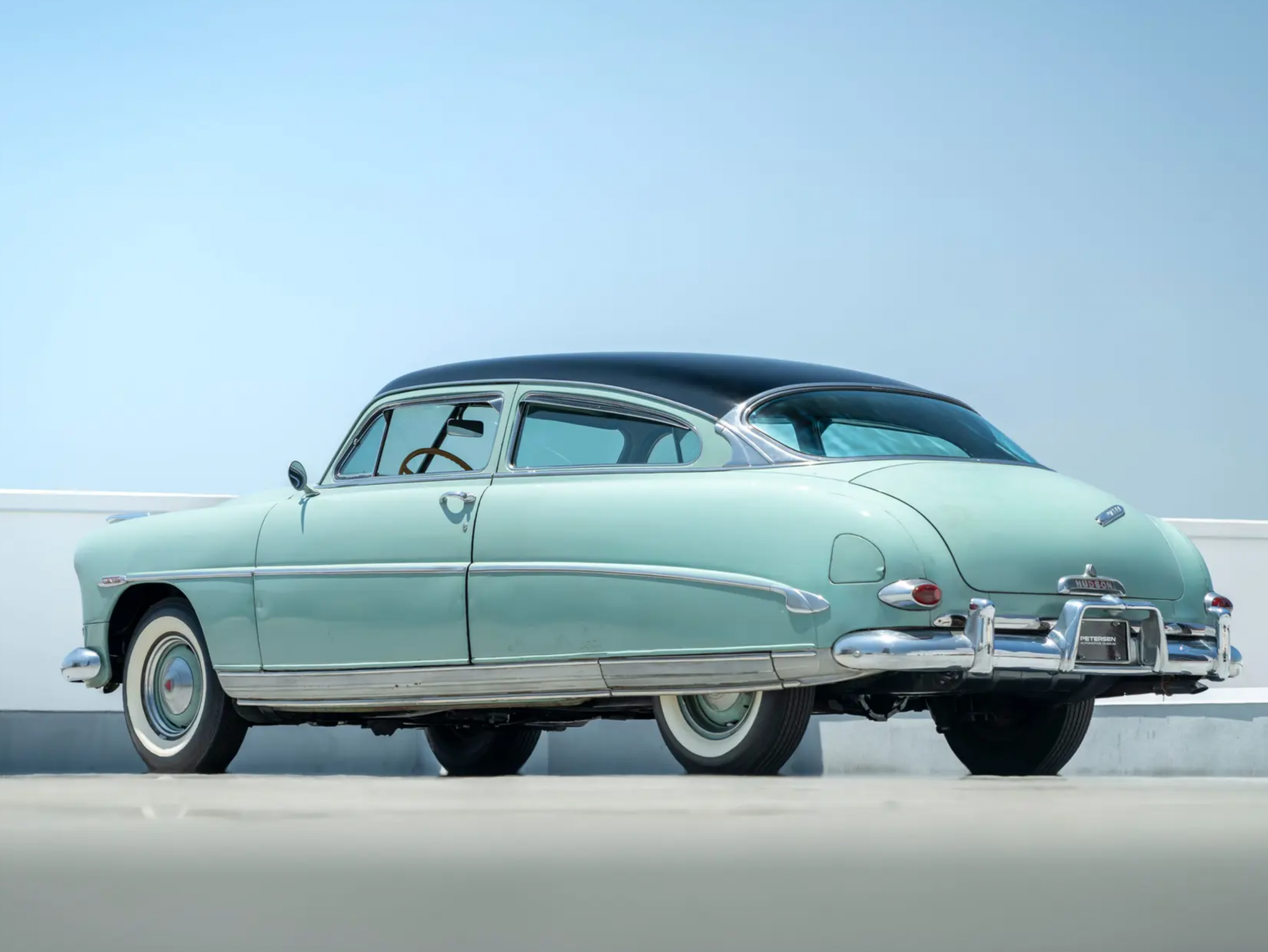
For a 73 year-old car, Steve’s Wasp is in pretty good shape, at least looking at the swoopy exterior of the car. Visible rust, faded paint, and various other obvious signs of wear can be seen in the photographs, but the car is billed as having its original paint (or at least most of it).
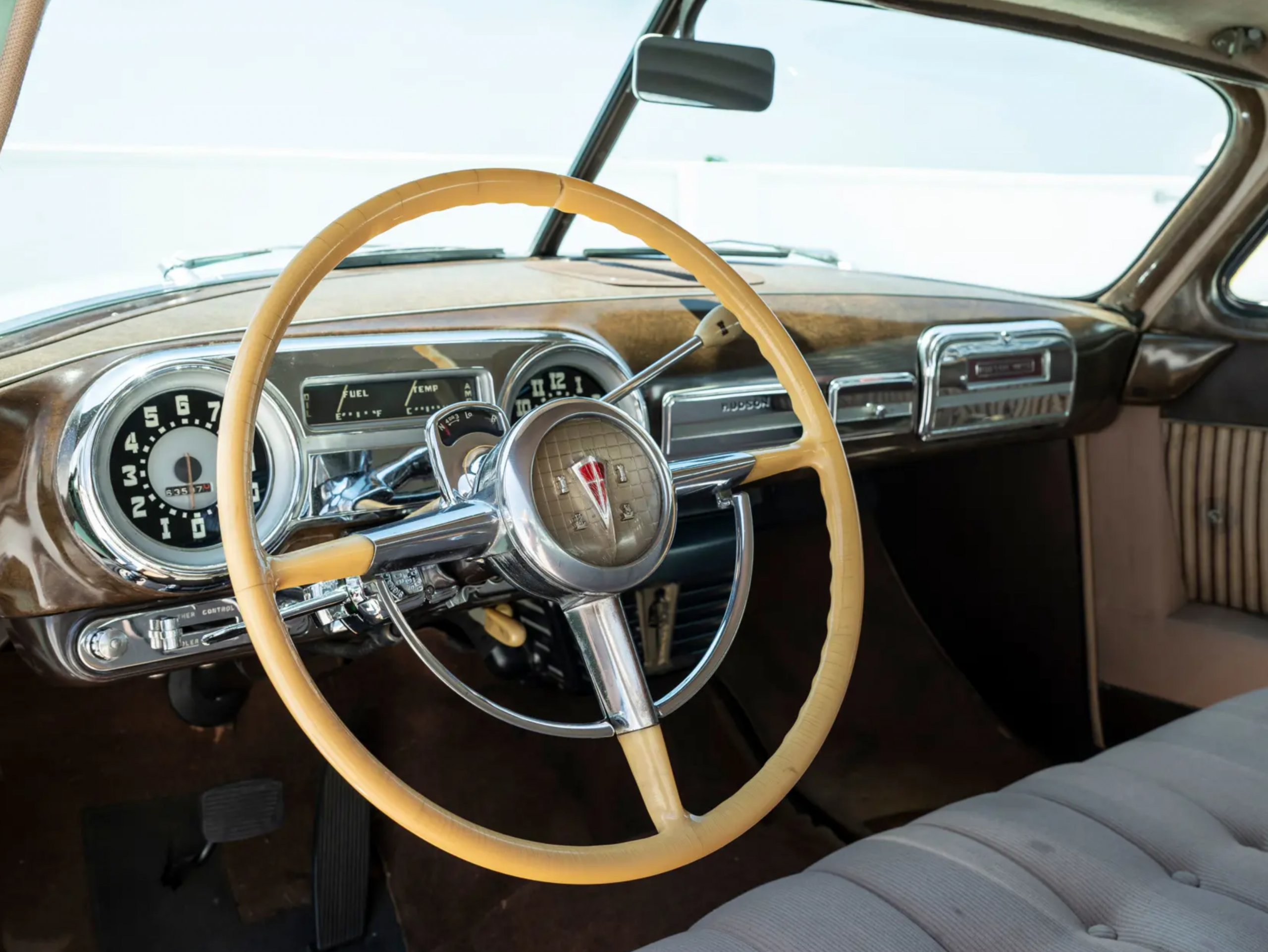
The interior is said to be largely original as well and the cockpit is one of my favorite aspects of these cars. The gauges, with their large white numerals on a black dial, are eminently readable and the big Bakelite wheel screams late 1940s to early 1950s design. Looking at the button-tufted bench seat, I can see why McQueen felt comfortable in this car.
Market Snapshot
The Wasp was built from 1952 to 1956 in various configurations including 2-door, 4-door and convertible variants. They actually don’t come up for sale that often, but when they do the average price realized is around $20,000, excluding the outlier sale of a $250,000 custom Wasp sold at Barrett-Jackson back in 2023.
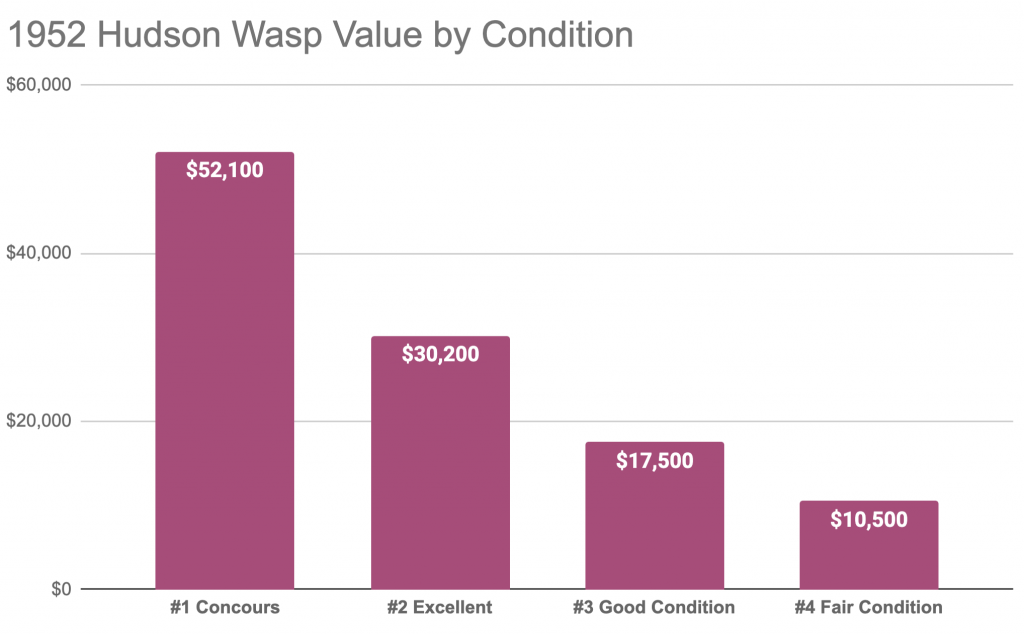
Hagerty values for the Wasp can be seen in the chart above. This car’s condition is probably in the #4 range, or “Fair” condition with its obvious flaws. The auction estimate of $40,000-60,000 would be ambitious were it not for its ownership history.

Previous Steve McQueen cars have sold for big numbers. The latest example was the Porsche 917K used in McQueen’s Solar Productions film Le Mans. That car was bid to $25 million and sold for an unknown sum after the auction. Your typical non-McQueen 917K would average around $3 million. Now, those cars may have had race history (or not) but weren’t necessarily picture cars owned by a Hollywood icon.
This particular car sold for $58,500 including buyer’s premium back in November of 2006 during the Bonhams and Butterfield Steve McQueen Sale. Has the McQueen touch diminished in value in the succeeding 20 years? I doubt it, and expect the car to sell for much more in October.
Final Thoughts
Aside from owning a motorcycle owned by the style icon, this may be your best chance to acquire a McQueen-owned vehicle at a price achievable for the “average” person. The car is being sold by the Petersen Museum, who acquired it in 2006 and displayed it publicly on numerous occasions.
Preservation is the name of the game with this car, not restoration, but the car’s condition is what appeals to me. Here’s a vehicle you could take out just on nice Sundays and not be too precious about parking it in public. Most people would have no idea of the car’s provenance, if they even noticed it at all.
Viewing this car in RM Sotheby’s public preview may be just enough reason to visit Hershey for this year’s AACA Eastern Fall Meet. If you’re going, I may see you there.
Wolf and Mare provides car finding, appraisal and auction services for sellers and buyers of collector European cars. We also provide importation services. Give us a call or drop us a line!

